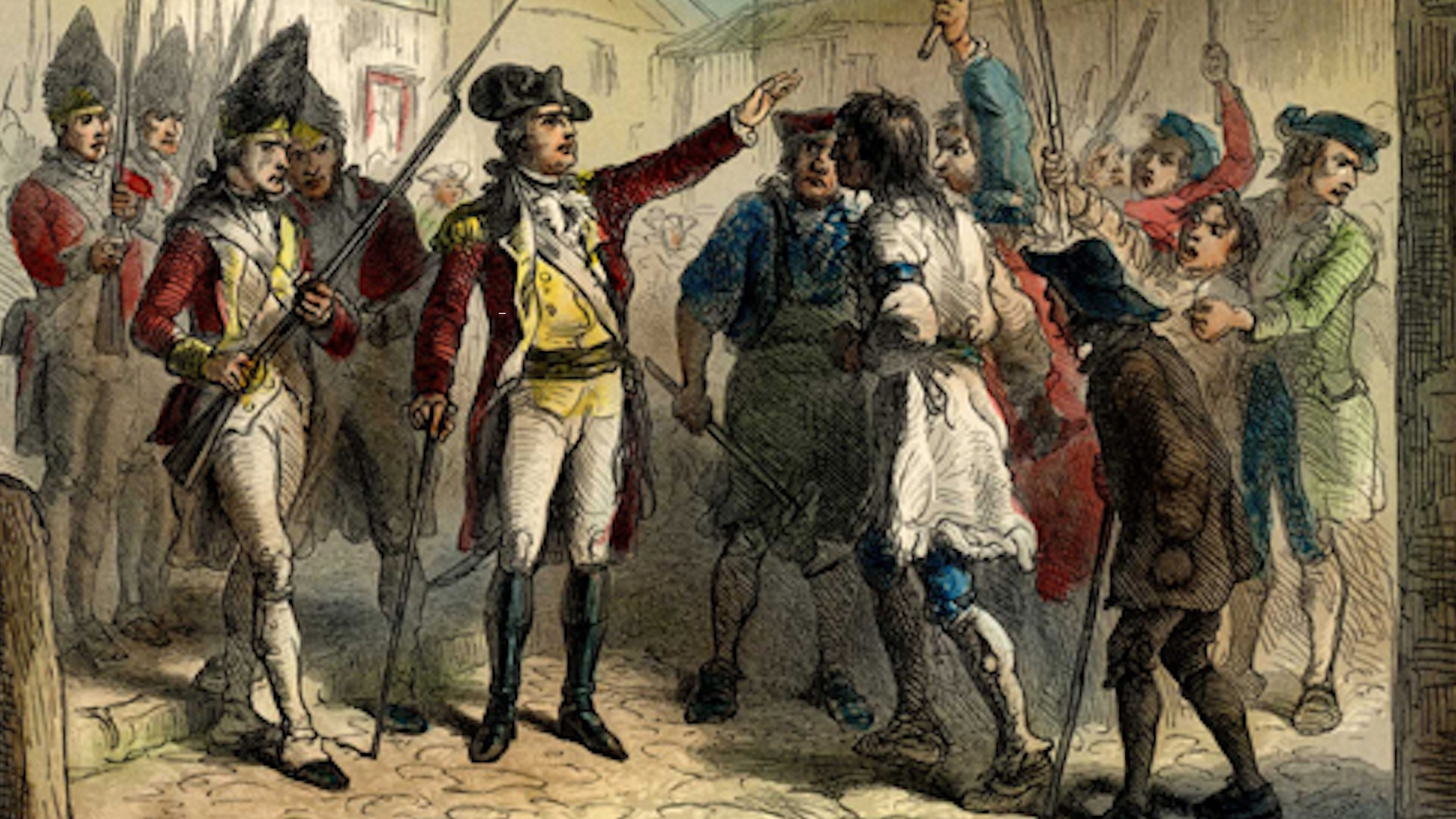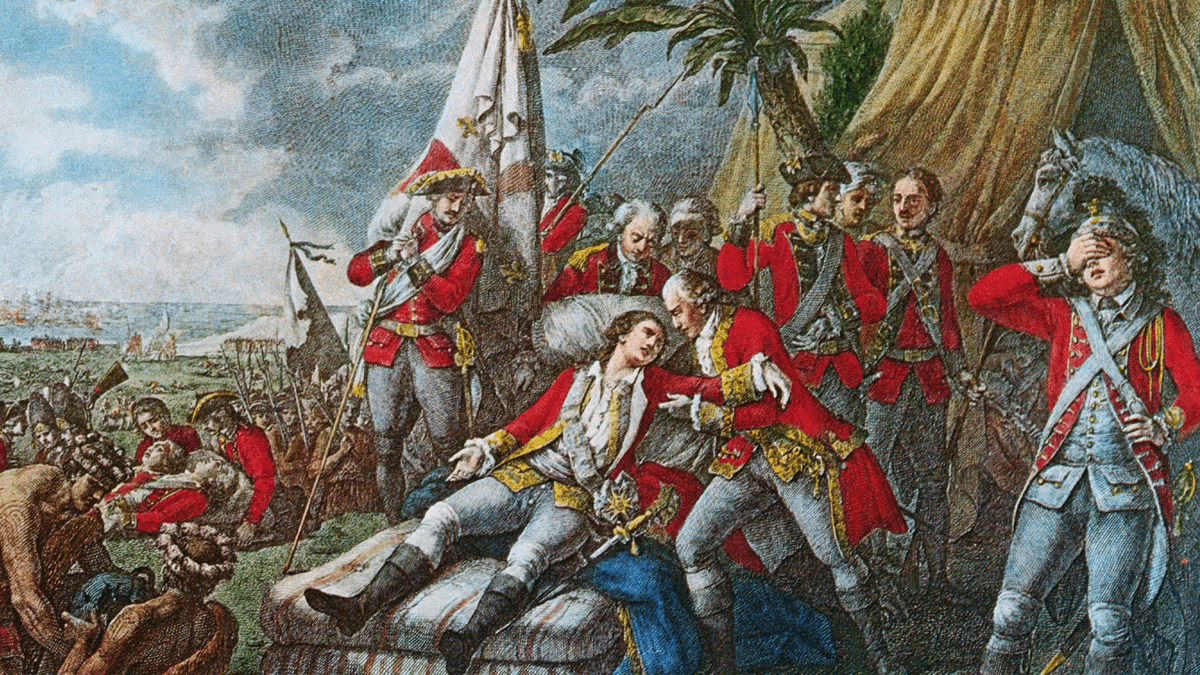The Regulator Movement: Backcountry Rebellion Before the Revolution

Frontier farmers in North Carolina's backcountry rose up against corrupt colonial officials, high taxes, and an unfair justice system.
The Dive
Picture this: rural farmers, drought-stricken and broke, living in North Carolina’s rugged backcountry in the 1760s. They’re not railing against a distant king in London—they’re furious with the local officials right in their own backyard. These officials, appointed by the royal governor, were supposed to uphold justice. Instead, they twisted the system to serve themselves. Court clerks and sheriffs demanded outrageous taxes and illegal fees. Merchants charged unfair prices and seized property from those who couldn’t pay. The courts, often run by the very men profiting from these schemes, sided with the wealthy every time. For poor farmers already struggling to feed their families, it wasn’t justice, it was exploitation.
This anger became the spark that ignited the Regulator Movement, a grassroots rebellion that took hold across the North Carolina Piedmont in the late 1760s. The settlers who joined weren’t wild revolutionaries or anarchists—they were ordinary people demanding fairness. They called themselves “Regulators” because their goal was to “regulate” the system—to make it honest and just again. They didn’t want to destroy the government; they wanted to fix it. Their protests, petitions, and assemblies reflected the same frustration that would soon sweep all thirteen colonies: that government should serve the people, not prey upon them.
The rift between the wealthy coastal elite and the struggling interior farmers widened each year. Coastal planters and merchants grew rich from trade and royal favor, while the backcountry farmers paid the price. Laws like the Currency Act of 1764 made matters worse by banning the use of paper money for debts and taxes, forcing farmers to pay in scarce British coins. Royal officials and their allies took full advantage, dragging farmers into court for unpaid taxes and confiscating their land, livestock, and tools. Families who had built their homes with their own hands were suddenly left with nothing. In the eyes of many settlers, it felt like the system was designed to crush them.
Leaders such as Herman Husband, a peace-loving Quaker and outspoken pamphleteer, and James Hunter, a respected farmer, emerged to organize the movement. They wrote petitions demanding reform, delivered speeches in town squares, and printed pamphlets calling out corruption. Their message was clear: fairness, accountability, and justice. But the colonial government in New Bern turned a deaf ear. Instead of listening, officials branded the Regulators as troublemakers. When peaceful petitions failed, frustration hardened into anger—and anger turned into defiance.
Governor William Tryon, the royal governor of North Carolina, poured salt into the wound. He used public funds, taxes from those same overburdened farmers, to build a lavish mansion in New Bern known as Tryon Palace. It was a symbol of power and excess that stood in sharp contrast to the poverty of the people. In 1770, tensions boiled over when the Regulators stormed Hillsborough, dragging corrupt court officials through the streets and tearing down homes. To Tryon, this was no longer protest—it was rebellion.
In May 1771, that rebellion came to a head at the Battle of Alamance, near present-day Burlington. Hundreds of Regulators—farmers with little more than hunting rifles and courage—faced off against Governor Tryon’s well-armed militia. Despite outnumbering the governor’s forces, the Regulators were disorganized and lacked military experience. Tryon offered them one last chance to surrender. Their reply, according to legend, was simple and defiant: “Fire and be damned.” Tryon gave the order. After two hours of brutal fighting, the Regulators were defeated. Nine of their men were killed, dozens wounded, and several leaders captured. Tryon ordered six of them hanged for treason, though others were later pardoned. The rebellion had been crushed, but the anger it represented did not disappear.
Historians still debate the legacy of the Regulator Movement. Some of its members remained loyal to the British Crown when the Revolution began a few years later. Others joined the Patriot cause, seeing the same corrupt power structure they’d fought in North Carolina mirrored in Britain’s rule over the colonies. What is clear, though, is that the Regulator Rebellion was one of the earliest expressions of resistance to injustice in America—a local uprising that revealed deep cracks in the colonial system.
The movement became a warning shot, a furious demand for fairness from people who felt unheard and unseen. It showed that ordinary citizens—farmers, laborers, frontiersmen—could organize, speak out, and even fight for their rights. Though the Regulators were defeated, their struggle foreshadowed the larger revolution to come. Their cries for justice would echo again, just a few years later, in the fight for American independence.
Why It Matters
The Regulator Movement shows us that resistance can begin with ordinary people pushed to their limits. These farmers demanded accountability long before the Founding Fathers penned declarations. Their story is a powerful reminder that democratic ideals often rise from grassroots anger—and that protest, even when crushed, can plant the seeds for revolution.
?
What were the Regulators fighting for—and how does that compare to what American colonists later fought for in the Revolution?
Was Governor Tryon a villain, or just doing his job? What evidence supports either side?
Why did so many poor farmers feel alienated from the colonial government?
How did religion, especially Quaker beliefs, shape the values and actions of the Regulators?
Do you think the Regulator Movement helped inspire later revolutions—or was it too local and short-lived to matter?
Dig Deeper
This video explores how the movement began, the role of Governor Tryon, and how the final battle crushed the rebellion—but not the message.
Farmers in North Carolina rebelled against corruption and abuse years before the Revolution. Learn why the Regulators matter in early American history.
Related

Halifax Resolves and the Road to Revolution
How North Carolina went from protest to the first official call for full independence from Britain.

Nat Turner’s Rebellion and Resistance to Slavery
In 1831, Nat Turner led the most deadly slave rebellion in U.S. history, shaking the South and triggering harsher laws that deepened oppression.

The French and Indian War: The Battle for North America
Before the American Revolution, another great war reshaped North America—the French and Indian War. It began as a fight over land and power, but ended up changing the map of the world and planting the seeds of independence.
Further Reading
Stay curious!
